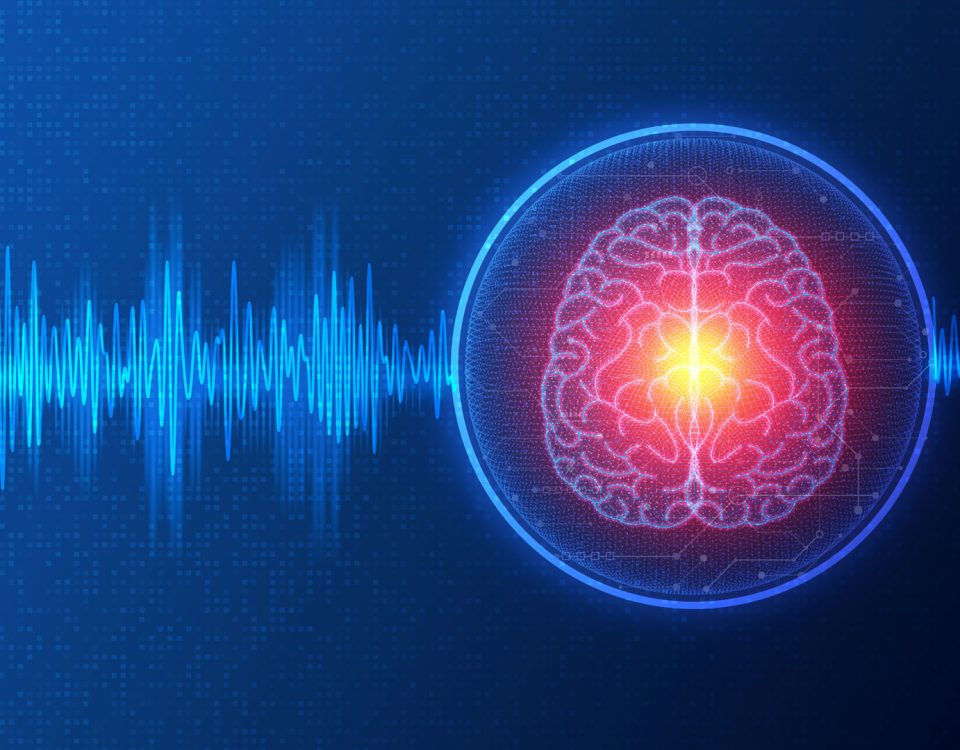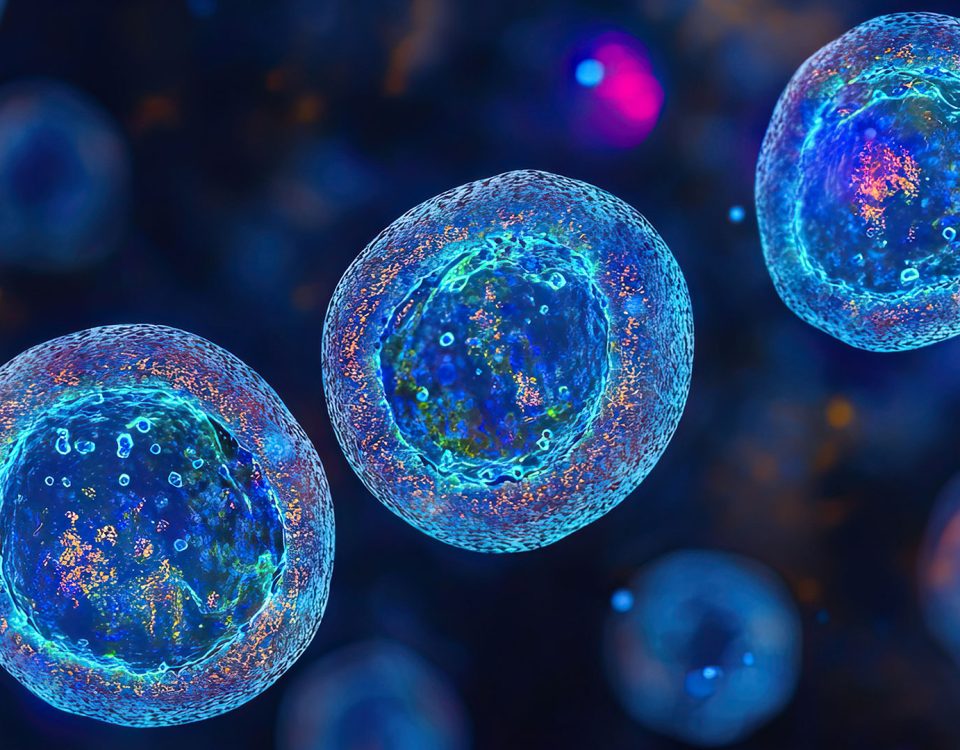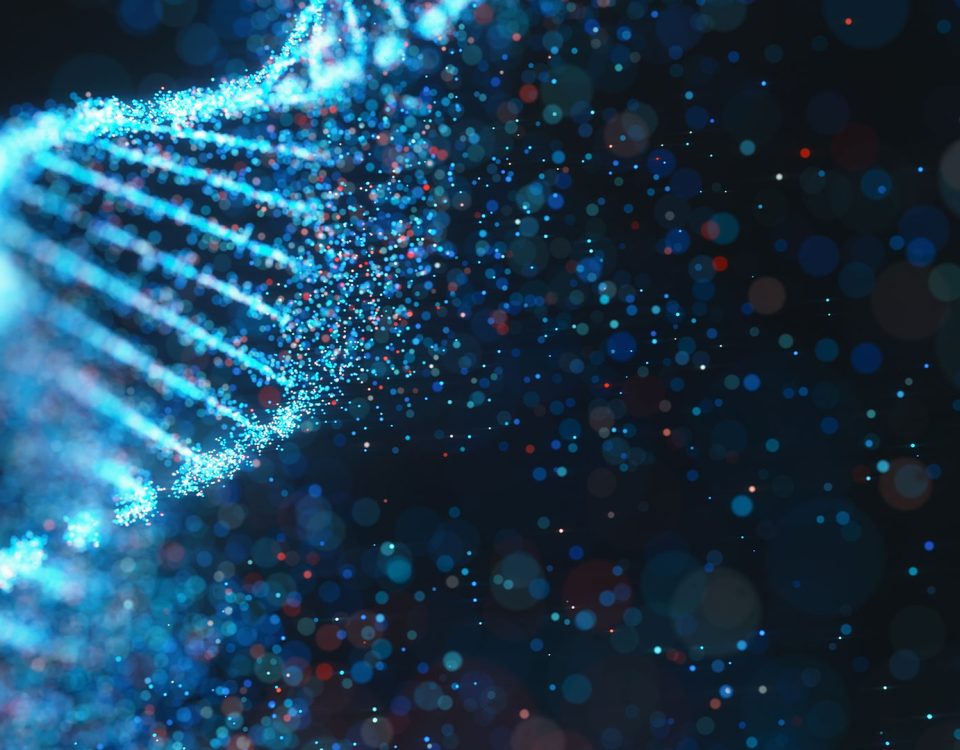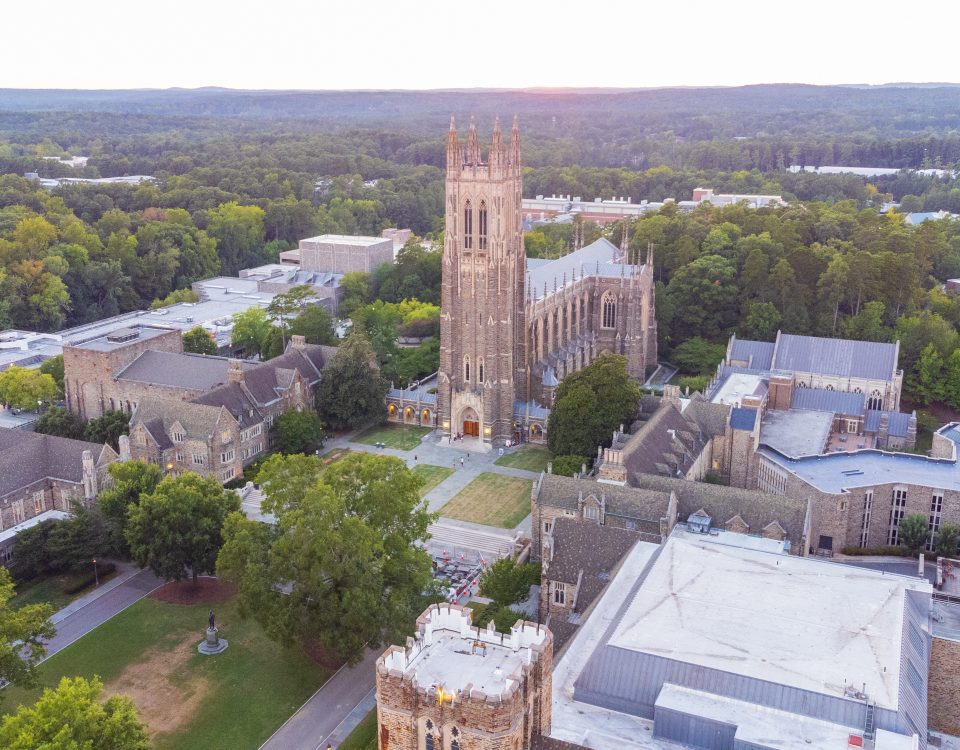About Dystonia
Dystonia is a neurological movement disorder characterized by involuntary muscle contractions, which force certain parts of the body into abnormal, sometimes painful, movements or postures.
Dystonia can affect any part of the body including the arms and legs, trunk, neck, eyelids, face, or vocal cords. Abilities such as cognition, strength and the senses are normal in Dystonia sufferers, though speech can be impaired as a symptom.
Dystonia is not fatal, but is a chronic disorder with often unpredictable prognoses. Dystonia is the third most common movement disorder after Parkinson’s Disease and Tremor. Dystonia does not discriminate: it affects people of every race and ethnic group and one-third of Dystonia patients are children. Dystonia affects more people than Muscular Dystrophy, Huntington’s Disease and Lou Gehrig’s Disease combined.
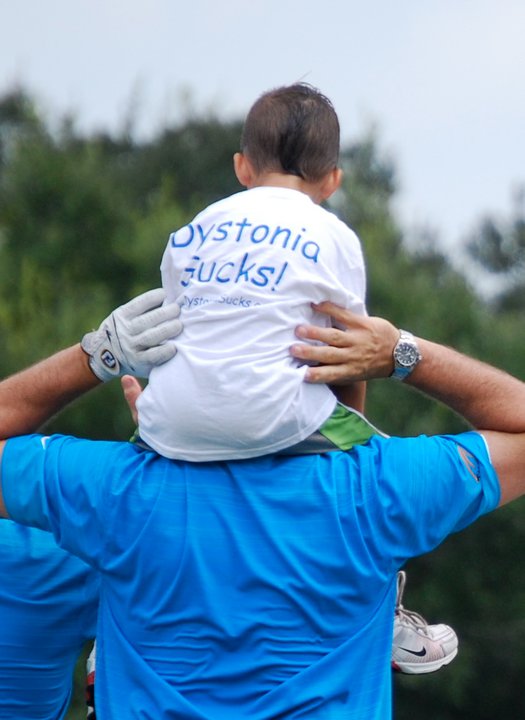
Dystonia News
Mutant Allele-Specific CRISPR Disruption in DYT1 Dystonia Fibroblasts Restores Cell Function
Most individuals affected with DYT1 dystonia have a heterozygous 3-bp deletion in the TOR1A gene (c.907_909delGAG). The mutation appears to act through a dominant-negative mechanism compromising normal torsinA […]TorsinB overexpression prevents abnormaltwisting in DYT1 dystonia mouse models
In DYT1 dystonia, caused by a TOR1A mutation, torsinB levels influence disease severity. In DYT1 mouse models, lowering torsinB worsens movements and neurodegeneration, while raising it rescues these deficits, suggesting torsinB augmentation could delay symptoms.Dr. Rose Goodchild’s Lab at the VIB in Belgium
Are cellular lipids the missing link between a faulty gene and a neurological disorder? Researchers at VIB-KU Leuven have managed to get a clearer view on […]Novel Therapy Development for Dystonia
Dystonia is a movement disorder characterized by involuntary repetitive, sustained muscle contractions, or postures. About 300,000 to 500,000 individuals, including military and veteran populations, suffer from […]New Imaging Technique Could Aid in Testing of New Drugs for Dystonia
GAINESVILLE, Fla. — A new study led by University of Florida neuroscientists furthers the scientific understanding about the brain regions involved with causing dystonia, a poorly […]Research at Duke
Duke researchers develop new cell-based drug screening test for dystonia Published on December 8, 2016 Duke University researchers have identified a common mechanism underlying separate forms of dystonia, a family of brain disorders that cause involuntary, debilitating and often painful movements, including twists and turns of different parts of the body.

